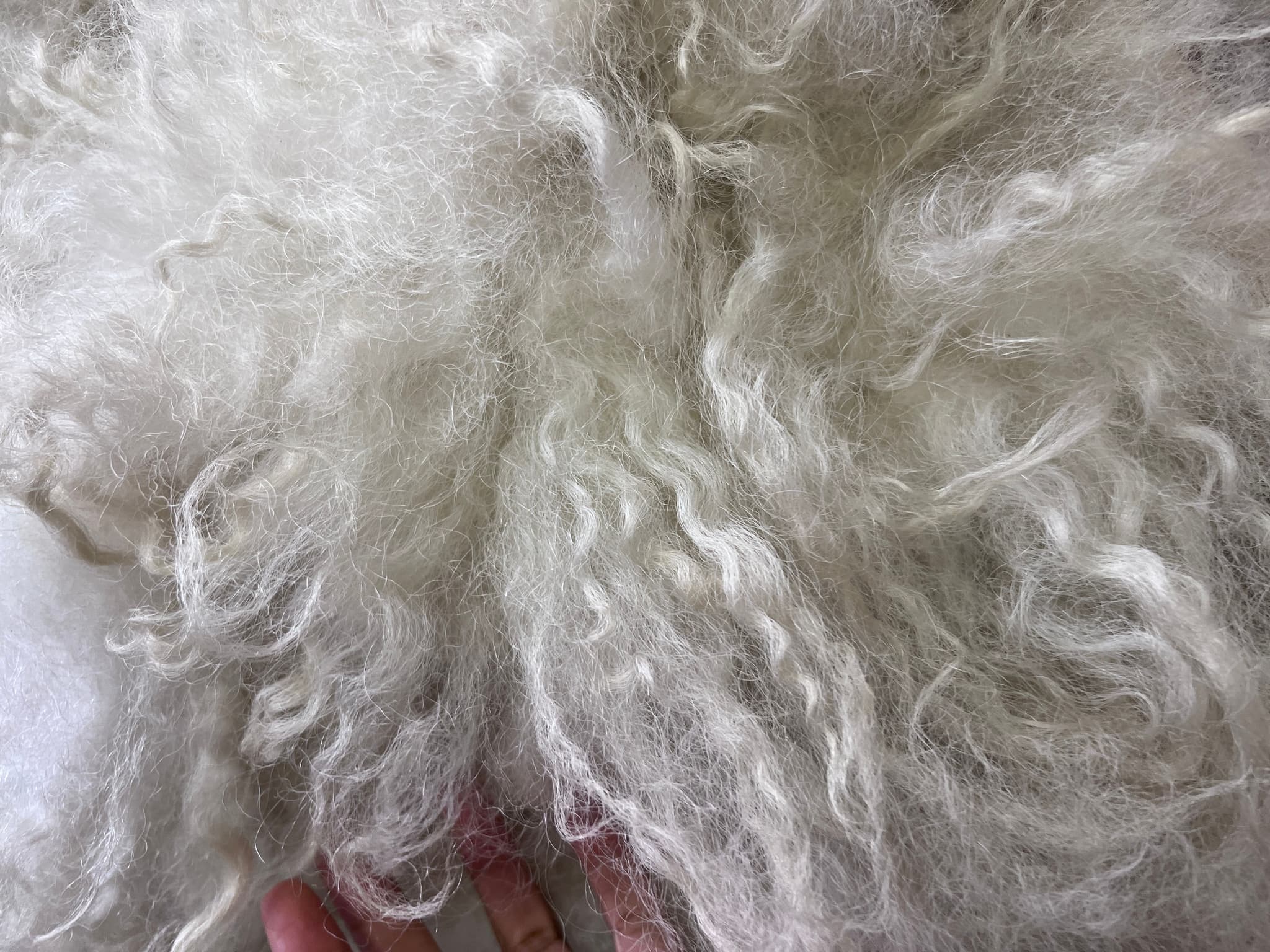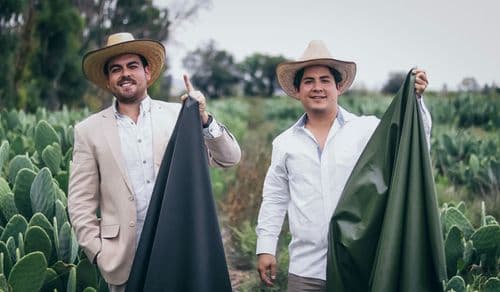What are some of the most promising biomaterials you've worked with, and how do they compare to traditional materials in terms of performance and environmental impact?
In my exploration of biomaterials, I've discovered significant promise in cellulose-derived agriwaste products. These innovations not only rival traditional materials in performance but also represent a substantial revenue source for farmers in developing nations.
Textiles crafted from agriwaste showcase lower water intensity by eliminating the need to cultivate new crops for textile production. This approach contributes to the increased availability of arable lands, reducing the pressure on lands typically designated for food crops.
The unique beauty of biomaterials lies in biomimicry—the ability of textiles to mirror the structural features of their origin biomass. This principle allows for a tailored approach, ensuring that fibers with specific structural components are chosen for the intended application.
Moreover, textiles derived from cellulosic agriwaste play a crucial role in enhancing the social metabolism of vulnerable communities. By aligning with sustainable development principles, these biomaterials create economic opportunities and foster resilience in regions facing socio-economic challenges. This dual impact emphasizes the holistic benefits of embracing biomaterials, not only as a technological advancement but as a catalyst for positive social and environmental change.
I’m excited to share that The Kaylia Group is developing its own next-gen materials from a novel agricultural source, we are creating a bridge between the agricultural residues of the Caribbean and next gen materials technology of Europe and cannot wait to share more soon!

Given the increasing sustainability awareness, how do you identify and combat Greenwashing in the fashion industry?
The complexity of Greenwashing often stems from unintentional misrepresentation. While many brands genuinely strive to make a positive impact, some lack the capacity and access to high-resolution data for more informed decision-making.
To address this challenge, I prioritize rigorous documentation, science-based targets, and robust data reporting. By scrutinizing a brand's documentation practices, I aim to ensure transparency in its sustainability claims. The presence of science-based targets and meticulous data reporting serves as key indicators of a brand's authentic commitment to sustainability.
I closely examine the alignment between a brand's marketing narrative and the substantiated evidence provided through documented practices. This underscores the importance of credible and measurable actions in the pursuit of sustainability.
While environmental impact can be quantified in terms of metrics such as LCA, GHG accounting, water usage, and renewable energy adaptation, social impact presents a different challenge, as it may not always be easily quantifiable.
This raises the need for ongoing development of new methods to measure a brand's impact comprehensively. These methods should be presented in a manner that is easily digestible for audiences, enabling consumers to make informed choices based on the brands' genuine contributions to both environmental and social well-being.
Can you share some examples of how different regions in the world are adapting to sustainable fashion? What unique challenges and opportunities do they face?
In Europe, notably in Italy, sustainable fashion is marked by a robust embrace of higher-quality natural fibers at a more accessible price point, driven by proximity to skilled craftsmen. EU regulations have compelled companies to adapt practices or face consequences, emphasizing transparency in supply chain and material sourcing. This regulatory environment fosters a culture of accountability.
In the Caribbean, where access to 'new' is limited, the focus is on harnessing natural resources to bridge the gap. Efforts are directed at raising awareness about the environmental impacts of mass consumerism in vulnerable island environments, highlighting distinct challenges and opportunities in these diverse regions.
In the USA, a dynamic landscape unfolds—marked by a prevailing culture of consumerism and the import of mass-produced products. However, there's a notable shift underway, with increasing efforts to form alliances, raise awareness, and develop technologies to address the climate crisis within the fashion industry. This transitional phase reflects a growing recognition of sustainability imperatives amid the challenges of ingrained consumer habits.
Each region encounters unique challenges, such as supply chain complexities or consumer education. However, these challenges also pave the way for collaboration and innovation.

As a co-founder of a non-profit focused on sustainability education for women on vulnerable islands, how do you see this sector contributing to broader sustainability goals, particularly in underrepresented communities?
Non-profit initiatives play a critical role in both enhancing the resilience of communities and contributing to the global fight against climate change.
As a co-founder of Council on Sustainable Fashion and Design of Grenada (CSFDG), we are dedicated to sustainability education for women on vulnerable small island developing states (SIDS) in the CARICOM region. We recognize the significant impact this sector can have on broader sustainability goals.
Our work aligns directly with several United Nations Sustainable Development Goals (SDGs), including poverty alleviation (SDG 1), gender equality (SDG 5), responsible consumption and production (SDG 12), climate action (SDG 13), and partnerships for the goals (SDG 17).
We believe that it’s difficult to educate people when they have immediate, everyday life concerns. By addressing immediate needs (for example hunger or access to stable internet connection) and providing tangible resources, nonprofits can enhance the social metabolism of communities, and prioritize program implementation from there.
This groundwork not only helps alleviate pressing issues but also lays the foundation for effective education and dissemination of sustainable development projects.

How do you approach the challenge of aligning business objectives with environmental and social responsibility, especially in companies that are just beginning their sustainability journey?
In navigating the challenge of aligning business objectives with environmental and social responsibility, especially in companies embarking on their sustainability journey, a nuanced and practical 'how-to' involves a phased approach. Firstly, I advocate for the seamless integration of sustainability into the core business strategy. This means identifying key areas where environmental and social impacts can be reduced or enhanced.
Next, it's crucial to establish measurable goals, providing a clear roadmap for progress. Whether it's reducing carbon emissions, increasing transparency, or promoting diversity, these goals serve as benchmarks for success.
Fostering a culture of accountability is pivotal. This involves not just top-down leadership commitment but also engaging employees at all levels. Implementing training programs on sustainable practices empowers the workforce with the knowledge and skills needed to contribute to the company's sustainability objectives.
Additionally, stakeholder engagement is paramount. This includes customers, suppliers, and the wider community. Seeking input, listening to concerns, and building partnerships can create a more holistic and impactful sustainability strategy.
By taking these steps, businesses can bridge the gap between their objectives and environmental and social responsibility, establishing a foundation for a meaningful and effective sustainability journey.

With your experience in sustainable design and next-gen materials, what future trends do you foresee in this area?
In envisioning the future trends in sustainable design and next-gen materials, several key developments stand out. Firstly, a significant advancement in recycling technology is crucial for addressing the accumulation of mixed-fiber textiles that make up a majority of clothing waste in landfills. While patents for such technology exist, it needs to be scaled to make an impact.
Moreover, the trend towards more integration in the fashion production process is noteworthy. Bringing various stages, from fiber creation to dyeing and weaving, under one roof promotes seamless communication across the supply chain. This not only minimizes errors but also results in reduced waste. At the micro level, brands gain the agency to make sustainable choices, selecting fiber producers and yarn spinners to contribute to the regulation of scope 3 carbon emissions.
Simultaneously, as we build technology and industry support for the transition to next-gen materials, the adoption of modular fashion emerges as a key strategy. This approach reduces waste and introduces variability, allowing a single garment to serve multiple settings effectively.
Furthermore, a surge in biofabrication is anticipated, leveraging advancements in lab-grown materials. Circular design principles will gain prominence, emphasizing closed-loop systems that contribute to a circular economy. The integration of technology, particularly blockchain for supply chain transparency, plays a pivotal role in ensuring traceability and accountability.
Lastly, collaborations across industries and disciplines will be driving innovation towards more sustainable and regenerative practices, reflecting the interconnected nature of the fashion industry's evolution.








